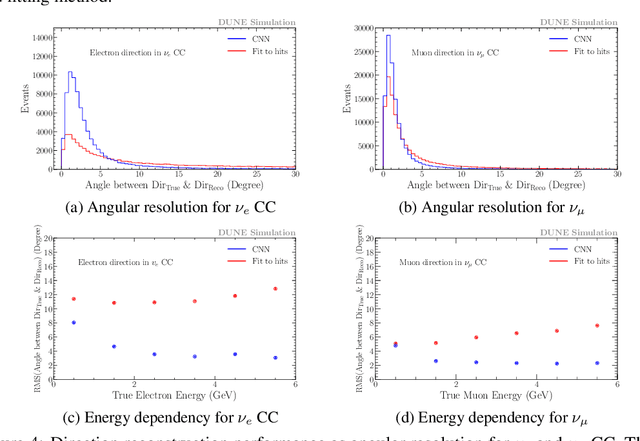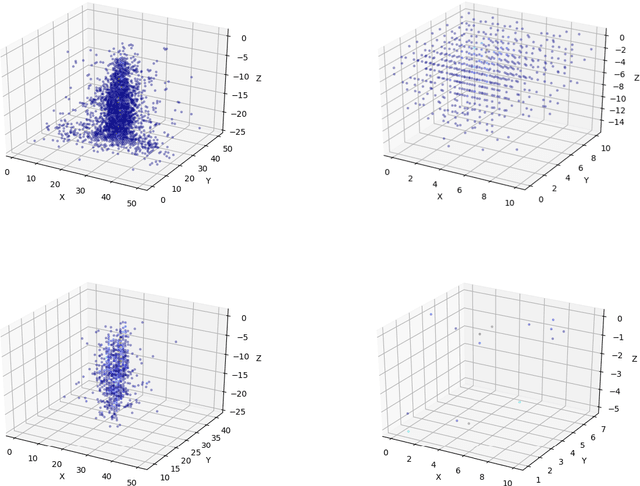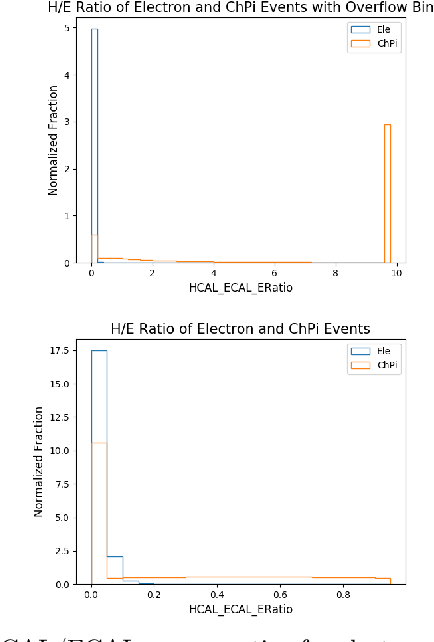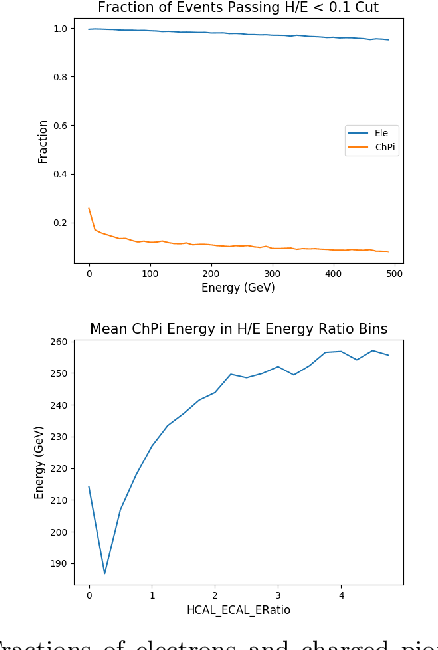Junze Liu
Shop-R1: Rewarding LLMs to Simulate Human Behavior in Online Shopping via Reinforcement Learning
Jul 23, 2025Abstract:Large Language Models (LLMs) have recently demonstrated strong potential in generating 'believable human-like' behavior in web environments. Prior work has explored augmenting training data with LLM-synthesized rationales and applying supervised fine-tuning (SFT) to enhance reasoning ability, which in turn can improve downstream action prediction. However, the performance of such approaches remains inherently bounded by the reasoning capabilities of the model used to generate the rationales. In this paper, we introduce Shop-R1, a novel reinforcement learning (RL) framework aimed at enhancing the reasoning ability of LLMs for simulation of real human behavior in online shopping environments Specifically, Shop-R1 decomposes the human behavior simulation task into two stages: rationale generation and action prediction, each guided by distinct reward signals. For rationale generation, we leverage internal model signals (e.g., logit distributions) to guide the reasoning process in a self-supervised manner. For action prediction, we propose a hierarchical reward structure with difficulty-aware scaling to prevent reward hacking and enable fine-grained reward assignment. This design evaluates both high-level action types and the correctness of fine-grained sub-action details (attributes and values), rewarding outputs proportionally to their difficulty. Experimental results show that our method achieves a relative improvement of over 65% compared to the baseline.
Machine Learning-Enhanced Prediction of Surface Smoothness for Inertial Confinement Fusion Target Polishing Using Limited Data
Dec 16, 2023Abstract:In Inertial Confinement Fusion (ICF) process, roughly a 2mm spherical shell made of high density carbon is used as target for laser beams, which compress and heat it to energy levels needed for high fusion yield. These shells are polished meticulously to meet the standards for a fusion shot. However, the polishing of these shells involves multiple stages, with each stage taking several hours. To make sure that the polishing process is advancing in the right direction, we are able to measure the shell surface roughness. This measurement, however, is very labor-intensive, time-consuming, and requires a human operator. We propose to use machine learning models that can predict surface roughness based on the data collected from a vibration sensor that is connected to the polisher. Such models can generate surface roughness of the shells in real-time, allowing the operator to make any necessary changes to the polishing for optimal result.
Generalizing to new calorimeter geometries with Geometry-Aware Autoregressive Models (GAAMs) for fast calorimeter simulation
May 19, 2023Abstract:Generation of simulated detector response to collision products is crucial to data analysis in particle physics, but computationally very expensive. One subdetector, the calorimeter, dominates the computational time due to the high granularity of its cells and complexity of the interaction. Generative models can provide more rapid sample production, but currently require significant effort to optimize performance for specific detector geometries, often requiring many networks to describe the varying cell sizes and arrangements, which do not generalize to other geometries. We develop a {\it geometry-aware} autoregressive model, which learns how the calorimeter response varies with geometry, and is capable of generating simulated responses to unseen geometries without additional training. The geometry-aware model outperforms a baseline, unaware model by 50\% in metrics such as the Wasserstein distance between generated and true distributions of key quantities which summarize the simulated response. A single geometry-aware model could replace the hundreds of generative models currently designed for calorimeter simulation by physicists analyzing data collected at the Large Hadron Collider. For the study of future detectors, such a foundational model will be a crucial tool, dramatically reducing the large upfront investment usually needed to develop generative calorimeter models.
Geometry-aware Autoregressive Models for Calorimeter Shower Simulations
Dec 16, 2022Abstract:Calorimeter shower simulations are often the bottleneck in simulation time for particle physics detectors. A lot of effort is currently spent on optimizing generative architectures for specific detector geometries, which generalize poorly. We develop a geometry-aware autoregressive model on a range of calorimeter geometries such that the model learns to adapt its energy deposition depending on the size and position of the cells. This is a key proof-of-concept step towards building a model that can generalize to new unseen calorimeter geometries with little to no additional training. Such a model can replace the hundreds of generative models used for calorimeter simulation in a Large Hadron Collider experiment. For the study of future detectors, such a model will dramatically reduce the large upfront investment usually needed to generate simulations.
Deep-Learning-Based Kinematic Reconstruction for DUNE
Dec 14, 2020



Abstract:In the framework of three-active-neutrino mixing, the charge parity phase, the neutrino mass ordering, and the octant of $\theta_{23}$ remain unknown. The Deep Underground Neutrino Experiment (DUNE) is a next-generation long-baseline neutrino oscillation experiment, which aims to address these questions by measuring the oscillation patterns of $\nu_\mu/\nu_e$ and $\bar\nu_\mu/\bar\nu_e$ over a range of energies spanning the first and second oscillation maxima. DUNE far detector modules are based on liquid argon TPC (LArTPC) technology. A LArTPC offers excellent spatial resolution, high neutrino detection efficiency, and superb background rejection, while reconstruction in LArTPC is challenging. Deep learning methods, in particular, Convolutional Neural Networks (CNNs), have demonstrated success in classification problems such as particle identification in DUNE and other neutrino experiments. However, reconstruction of neutrino energy and final state particle momenta with deep learning methods is yet to be developed for a full AI-based reconstruction chain. To precisely reconstruct these kinematic characteristics of detected interactions at DUNE, we have developed and will present two CNN-based methods, 2-D and 3-D, for the reconstruction of final state particle direction and energy, as well as neutrino energy. Combining particle masses with the kinetic energy and the direction reconstructed by our work, the four-momentum of final state particles can be obtained. Our models show considerable improvements compared to the traditional methods for both scenarios.
Calorimetry with Deep Learning: Particle Simulation and Reconstruction for Collider Physics
Jan 08, 2020



Abstract:Using detailed simulations of calorimeter showers as training data, we investigate the use of deep learning algorithms for the simulation and reconstruction of particles produced in high-energy physics collisions. We train neural networks on shower data at the calorimeter-cell level, and show significant improvements for simulation and reconstruction when using these networks compared to methods which rely on currently-used state-of-the-art algorithms. We define two models: an end-to-end reconstruction network which performs simultaneous particle identification and energy regression of particles when given calorimeter shower data, and a generative network which can provide reasonable modeling of calorimeter showers for different particle types at specified angles and energies. We investigate the optimization of our models with hyperparameter scans. Furthermore, we demonstrate the applicability of the reconstruction model to shower inputs from other detector geometries, specifically ATLAS-like and CMS-like geometries. These networks can serve as fast and computationally light methods for particle shower simulation and reconstruction for current and future experiments at particle colliders.
 Add to Chrome
Add to Chrome Add to Firefox
Add to Firefox Add to Edge
Add to Edge